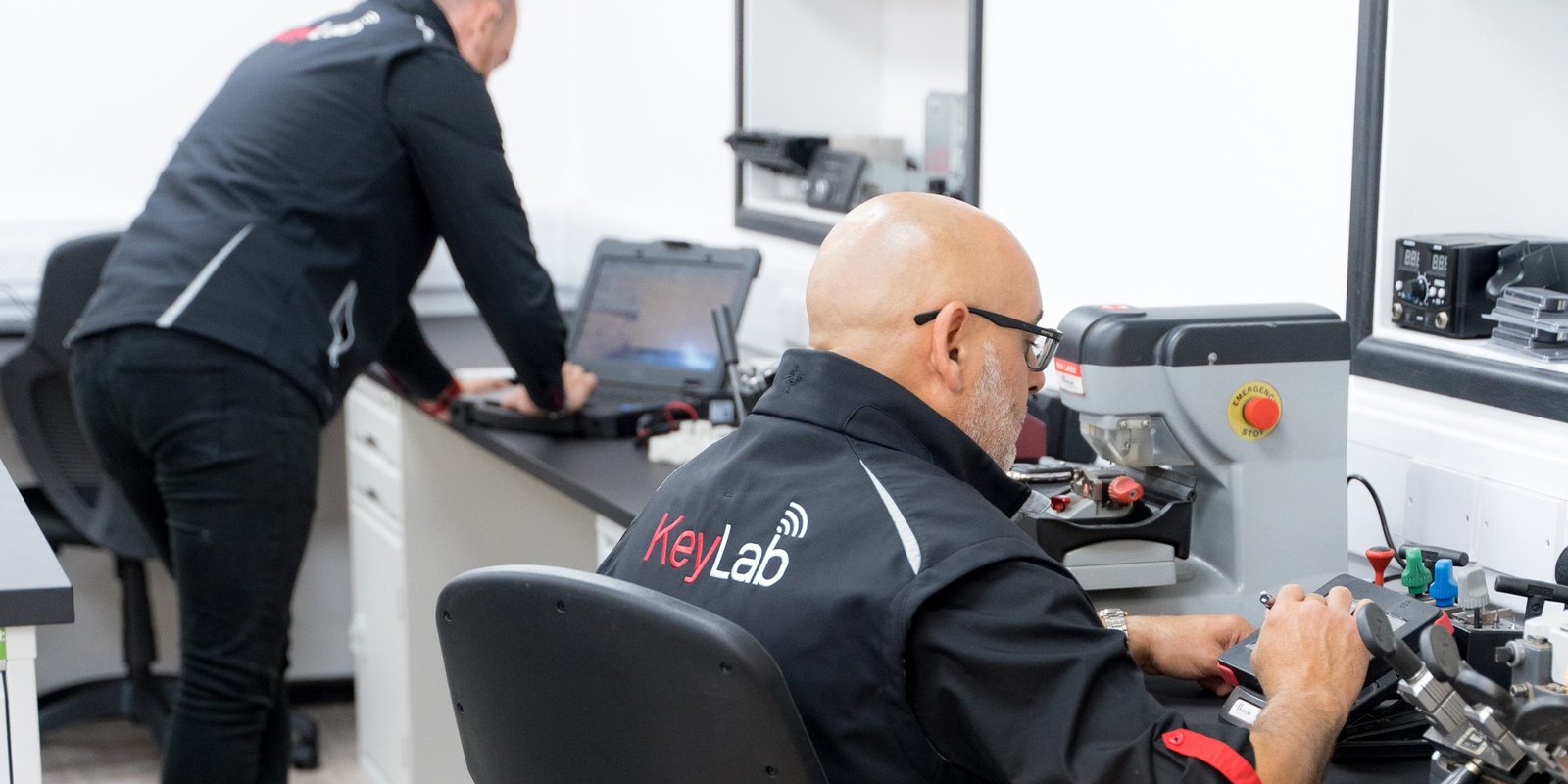Key Replacements: An In-Depth Guide to Understanding and Implementing Effective Substitutions
Intro
In the realm of various markets-- from vehicle to technology-- the term "key replacements" signifies the practice of substituting a stopping working or inadequate part with a new or enhanced version. Comprehending key replacements is essential for maintaining operational effectiveness, boosting productivity, and guaranteeing security. This post looks into the various elements of key replacements, exploring their importance, implementation strategies, and typical questions surrounding the topic.
What Are Key Replacements?
Key replacements refer to the procedure of replacing a vital component within a system, gadget, or machinery that is critical to its performance. Read Even more can happen in multiple sectors, consisting of automotive, innovation, and even human resources. By proactively identifying and changing vital parts, companies and people can prevent system failures, keep effectiveness, and boost security.
Importance of Key Replacements
The significance of key replacements can not be overstated; they serve various functions that contribute to the total efficiency of systems. A few of their vital functions include:
- Preventing System Failures: Key replacements help prevent catastrophic failures by addressing damaged or malfunctioning parts before they produce substantial concerns.
- Enhancing Performance: Upgrading to more recent parts can enhance system performance, resulting in improved output and efficiency.
- Cost-Efficiency: Effective replacements can lower repair costs, lengthen the lifespan of the entire system, and ultimately conserve cash.
- Security Assurance: In sectors like automotive and machinery, key replacements ensure that safety requirements are maintained, decreasing threats to personnel and users.
- Compliance: In controlled industries, timely replacements may be a legal requirement to meet security standards.
Key Replacement Strategies
Implementing key replacements successfully needs a strategic approach that aligns with the operational goals of a company. Below are numerous methods to consider:
1. Routine Maintenance and Inspections
Carrying out routine maintenance and inspections can help identify elements that might need replacement before they stop working. A distinct upkeep schedule must include:
- Visual Inspections: Check for visible signs of wear or damage.
- Performance Monitoring: Track the functioning of key elements.
- Use Analysis: Keep records of how often a component is used, which can forecast wear patterns.
2. Data-Driven Decision Making
Utilizing information analytics can assist companies make informed choices concerning when to replace key elements. Implementing systems for information collection can result in:
- Predictive Maintenance: Identifying potential failures before they occur utilizing historic information.
- Cost Analysis: Evaluating the cost implications of repairing versus replacing parts.
3. Cooperation with Suppliers
Developing strong relationships with suppliers and producers guarantees access to quality components and timely replacements. Appropriate partnership can lead to:
- Favorable Terms: Negotiating better costs and terms.
- Quality control: Gaining self-confidence in the quality and dependability of replacement parts.
4. Training and Education
Educating and training staff members involved in the replacement process can considerably improve performance. Supplying details on finest practices and brand-new innovations can help ensure:
- Maximized Efficiency: Employees understand the ideal methods for replacing elements.
- Reduced Errors: Minimized threat of errors during the replacement process.
Types of Key Replacements Across Industries
Key replacements differ across industries, each with its specific components and practices. Below are some typical enters different sectors:
Automotive Industry
| Part | Replacement Reason |
|---|---|
| Engine Oil | Avoid wear and enhance performance |
| Brake Pads | Ensure safety and responsiveness |
| Tires | Enhance traction and fuel performance |
Technology Sector
| Element | Replacement Reason |
|---|---|
| Hard disk drives | Boost data gain access to speed |
| Batteries | Restore gadget portability and functionality |
| Circuit Boards | Enhance gadget dependability and longevity |
Production
| Element | Replacement Reason |
|---|---|
| Conveyor Belts | Preserve operational effectiveness and safety |
| Safety Guards | Support health and wellness compliance |
| Bearings | Reduce friction and facilitate smooth operation |
Frequently Asked Questions About Key Replacements
1. What is the most crucial reason for replacing key components?
The most crucial reason for replacing key elements is to make sure system dependability and safety, avoiding failures that could result in expensive downtimes or dangerous circumstances.
2. How frequently should I consider key replacements?
Key replacements must be considered based on the specific part's wear pattern, efficiency metrics, and maintenance schedule. Regular assessments should determine the proper intervals for replacements.
3. What should I do if I am unsure about a component's condition?
If uncertain about a component's condition, it is advisable to carry out a comprehensive inspection, evaluation performance information, and seek advice from experts or producers for professional assistance.
4. Is it better to repair or replace a key component?
The decision to fix or replace a key component depends upon cost-effectiveness, reliability, and long-lasting advantages. Often, replacement may be more viable when thinking about life-span and efficiency metrics.
5. Where can I discover trusted replacement parts?
Dependable replacement parts can typically be discovered through licensed dealerships, trusted suppliers, or straight from producers. Always validate their dependability and inspect evaluations before buying.
Key replacements are an important element in keeping functional efficiency and safety across various markets. By understanding the significance of these replacements, executing strategic methods, and addressing typical queries, organizations can ensure that their systems stay robust and trustworthy. Future advancements in innovation and information analytics will even more enhance the depth and precision of key replacements, continuing to drive enhancements in efficacy and security. Engaging proactively with this concept can significantly minimize dangers and elevate general performance in any operational context.

